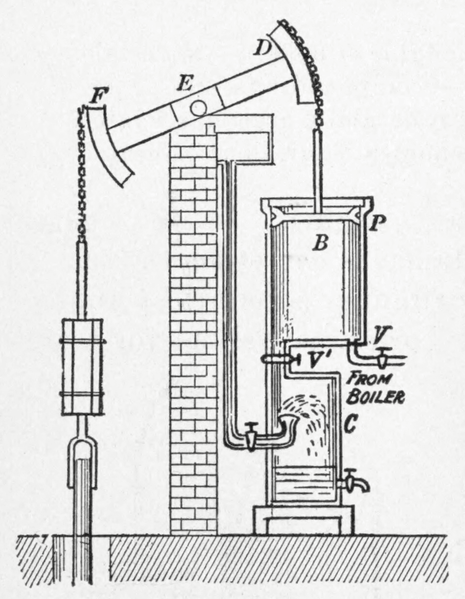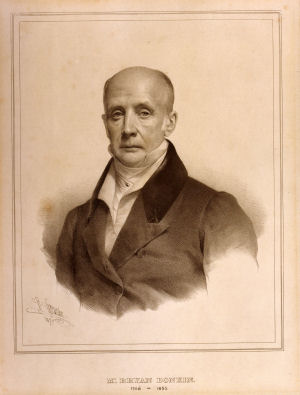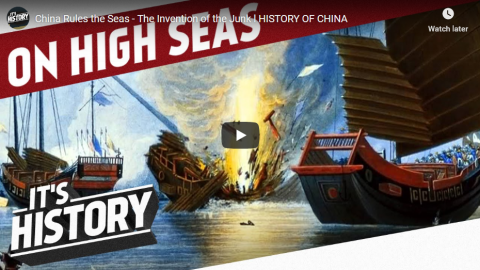TimeGhost History
Published 30 Dec 2019The last day of work of the year for many people is the harbinger of exciting new change. For British coal miners in 1986, it meant the redundancy of the canary in the coal mine.
Join us on Patreon: https://www.patreon.com/TimeGhostHistory
Hosted by: Indy Neidell
Written by: Tom Maeden and Spartacus Olsson
Directed by: Spartacus Olsson and Astrid Deinhard
Executive Producers: Bodo Rittenauer, Astrid Deinhard, Indy Neidell, Spartacus Olsson
Creative Producer: Joram Appel
Post-Production Director: Wieke Kapteijns
Research by: Tom Maeden
Edited by: Mikołaj Cackowski
Sound design: Marek KamińskiSoundtracks from Epidemic Sound:
Howard Harper-Barnes – “A Sleigh Into Town”
Farrell Wooten – “Blunt Object”
Johannes Bornlöf – “The Inspector 4”
Jo Wandrini – “Dawn of Civilization”A TimeGhost chronological documentary produced by OnLion Entertainment GmbH.
From the comments:
TimeGhost History
2 hours ago
So, the year is almost over… it’s a Monday, so many of you might be at work. How was 2019 and how do you hope that 2020 is going to be? For us at TimeGhost it has been a very exciting year indeed. WW2 grew both in scope and viewership, Between 2 Wars is almost completed and we welcomed close to 2,000 new recruits to the TimeGhost Army https://www.patreon.com/TimeGhostHistoryAnd all of us, you guys included need to thank them for all the content we were able to bring to you in 2019. Because like nations depend on their defense forces to maintain their independence, we depend on the TimeGhost Army to keep fighting the good fight of education and entertainment. Thank you from the bottom of our hearts. We look forward to take all of this even further in 2020 as WW2 grows ever more complex, Between 2 Wats concludes, and we come out with new exciting series here on the TimeGhost channel.

















